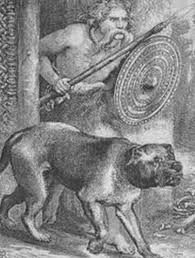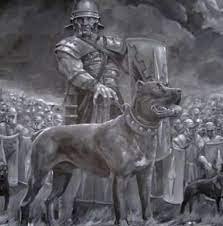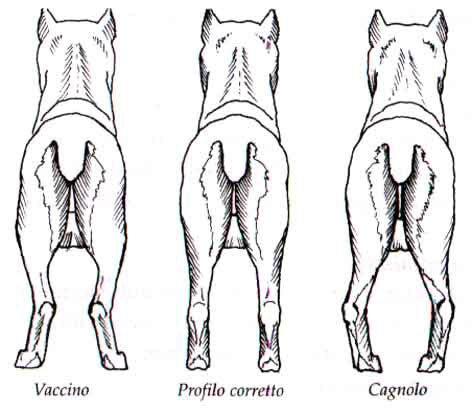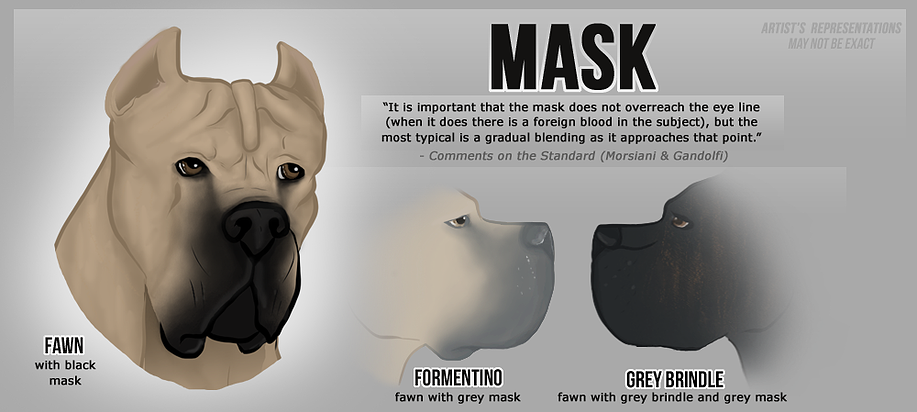
CANIS PUGNAX
History of the Breed
Cane Corso is an ancient dog breed that originated in Italy as a protector and guard dog. Its name comes from the Italian words "Cane" meaning dog and "Corso" coming from the Latin word "Cohors" which means protector.
The Cane Corso descends from the Roman war dog, Canis Pugnax, and served as an auxiliary warrior in the Roman Wars. It was also used for hunting larger game and guarding property and livestock.
With its protective nature and ability to adapt, the Cane Corso has been a valuable and versatile breed throughout the centuries.
Although not well known outside of Italy until recent years, the Cane Corso was a staple in Italian culture for much of modern history. After World War II, its population declined as its working abilities were no longer in demand. However, a group of enthusiasts worked to revive the breed by locating remaining Corsos in remote villages. In the 1980s, the first Cane Corsos were brought to the United States, and the breed has since been recognized by kennel clubs around the world, including the American Kennel Club in 2010.
In 1987, a group of dedicated members of the Società Amatori Cane Corso approached Dr. Antonio Morsiani with a request to develop a first standard for the breed. After gathering extensive data and measurements from over 100 dogs, Dr. Morsiani was able to create a detailed and comprehensive standard for the Cane Corso. The first draft of the standard was carefully crafted and submitted to the Judges' Committee of the Ente Nazionale Cinofilia Italiana (ENCI), the Italian Kennel Club, where it was approved the same year. This marked an important milestone for the Cane Corso, as it was now officially recognized as a breed by a major national kennel club.
In 1994, the Cane Corso was formally recognized by the ENCI as the 14th Italian breed. Two years later, in 1996, the Fédération Cynologique Internationale (FCI) also recognized the Cane Corso Italiano, further solidifying its place in the international dog community.
Over time, the standard continued to evolve and improve, incorporating important changes and updates. Some of these changes were significant, such as those related to the practice of ear and tail amputation, while others were more technical, such as the adoption of the FCI scheme.
Today, the current standard for the Cane Corso, recognized by both the ENCI and FCI, is the result of continuous refinement and dedication to the breed's qualities and characteristics. It serves as a valuable guide for judges and breeders alike, ensuring that the Cane Corso remains true to its origins and maintains its status as a distinguished and beloved Italian breed.
The Cane Corso has a strong and dominant personality, making it unsuitable for first-time dog owners. It is naturally protective of its family and property and can be suspicious of strangers and changes. Proper socialization and consistent training are crucial for a well-behaved Corso. Despite their tough appearance, Corsos have a sensitive and affectionate nature towards their families and are known to bond closely with their owners.
They are gentle and tolerant with children but may suffer from separation anxiety if not socialized properly.
Owning a Cane Corso requires a high level of commitment, strong leadership, and plenty of love. These dogs are fiercely loyal and make excellent companions when given proper training and socialization from a young age. Their history as protectors and guardians have given them a natural courage and instinct to protect, making them a highly valued breed. To be loved by a Cane Corso is to have an unwavering and devoted companion for life.
Breed Standard
Origin : Italy
Date of publication of the original effective standard : 12.03.1999
Use : guard dog, defense dog, police dog, track dog.
FCI Classification : Group 2 Dogs such as Pinscher and Schnauzer Molossoids and Swiss Mountain and Cattle Dogs Selection 2.2 Molossoids Without working trial
General appearance: Medium-large dog, rustic, strongly built but elegant, lean, with powerful yet long muscles.
Important proportions: The length of the head reaches 36% of the height at the withers. The dog is somewhat longer than tall.
Head: broad, typically molossoid, with the upper longitudinal axes of the skull and muzzle slightly converging with each other.
Cranial region Skull: broad, at the cheekbones its width is equal to or greater than its length. Convex anteriorly, it becomes rather flat behind the forehead up to the occiput. Mid-frontal sulcus visible.
Muzzle: considerably shorter than the skull (muzzle-skull ratio approximately: 1:2), very strong, with a strictly square and flat front face and parallel lateral faces, as wide as it is long. Straight nasal bridge profile.
Height at the withers:
in males from cm. 64 to cm. 68
in cm. females. 60 to cm. 64
with a tolerance of cm. 2 more or less.
Weight:
males from 45 to 50 kg.
females from 40 to 45 kg.














